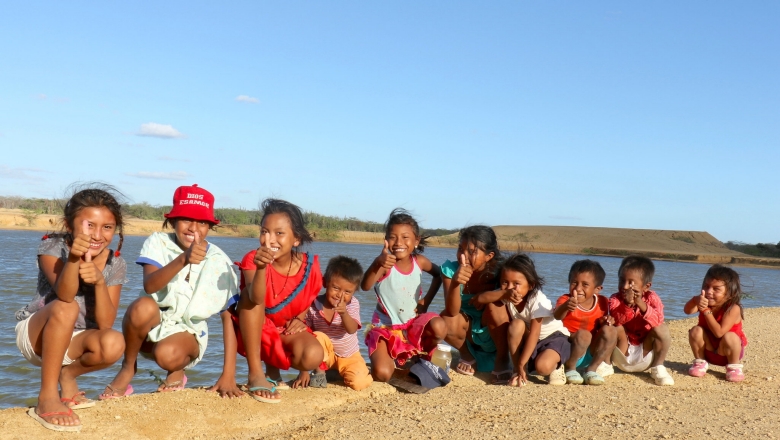Challenge
The desertic region of La Guajira, one of Colombia’s most impoverished and underdeveloped departments, is highly sensitive to climatic variations and experiences chronic droughts. Water is scarce, and managerial capacity is limited. Compounding the challenges facing the water supply and sanitation (WSS) sector, low institutional capacity and political volatility created a backlog in needed infrastructure investment, operation and maintenance. Only 68.2 percent of the population had water connections, and just 35.1 percent had sewerage connections. The Wayuu indigenous people living in rural areas walked miles daily to collect water and relied on untreated rainwater, resulting in a high incidence of water-borne diseases. In urban areas, physical water losses reached over 78 percent of production, metering was practically nonexistent, and 90 percent of wastewater was untreated. The Colombian government channeled resources for investment to the municipalities, which were responsible for ensuring WSS services, but much of these resources was lost due to the complexity of working with numerous municipalities.
Approach
The La Guajira Water and Sanitation Infrastructure and Service Management Project sought to strengthen the institutional performance of municipal public companies by involving the private sector in service delivery. The integration of specialized operators (SOs) in service provision is an approach the World Bank had previously supported in Colombia. The capital investment financed by the World Bank created an enabling environment that attracted private SOs which, in turn, facilitated their engagement in developing infrastructure and improving utilities’ institutional performance. For rural areas, the project focused on securing access to improved water sources by supporting the construction of reservoirs and building local capacity, drawing on the Bank’s experience working with indigenous communities and managing social issues. The project also aimed to enhance sector efficiency by channeling funding to the department as opposed to the municipalities. The project served as a pilot effort at the national-level for overcoming challenges associated with directly funding municipalities; an approach that came to be termed the Departmental Water Plan (Plan Departamental del Agua, PDA). Working in a politically complex project environment such as La Guajira required flexibility and strategic planning.
